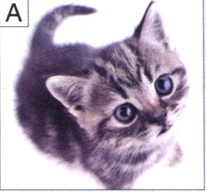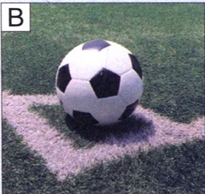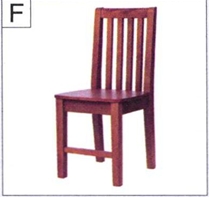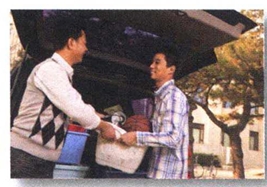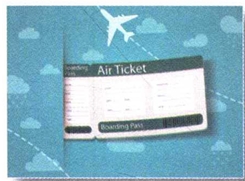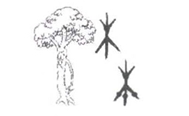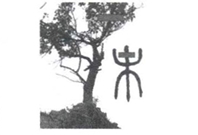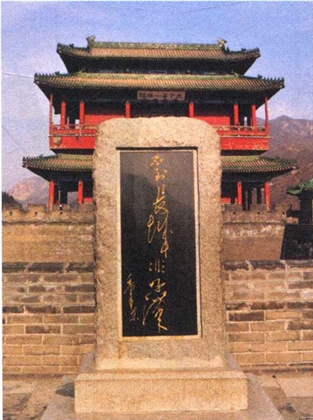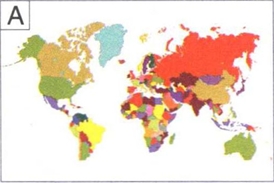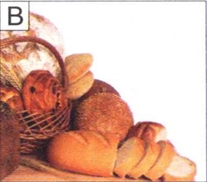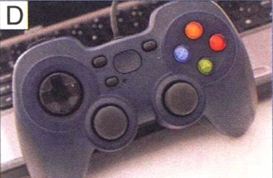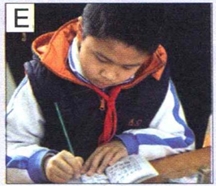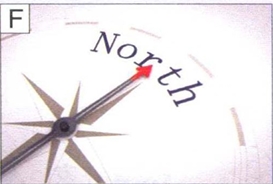2 看下面的图片,说说来北京旅游最好的时间 Look at the pictures and talk about the best time to visit Beijing.

sān yuè 三月 March

liù yuè 六月 June

jiǔ yuè 九月 September

shí’èr yuè 十二月 December
Wǒ yào qù Běijīng lǚyóu ,nǐ juéde
A: 我要去北京旅游,你觉得
shénme shíhou qù zuì hǎo?
什么时候去最好?
Jiǔ yuè qù Běijīng lǚyóu zuì hǎo.
B: 九月去北京旅游最好。
Wèi shénme?
A: 为什么?
Jiǔ yuè de Běijīng tiānqì bù lěng yě bù rè.
B: 九月的北京天气不冷也不热。

A: I’m thinking of a trip to Beijing. When do you think is the best time?
B: September is the best time to visit Beijing.
A: Why?
B: Because it’s neither cold nor hot there in September.
- 1. 旅游 lǚyóu v. to travel, to take a trip
- 2. 觉得 juéde v. to think, to feel
- 3. 最 zuì adv. most, to the greatest extent
- 4. 为什么 wèi shénme why
- 5. 也 yě adv. also, too
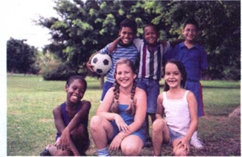
Nǐ xǐhuan shénme yùndòng?
A: 你喜欢 什么 运动?
Wǒ zuì xǐhuan tī zúqiú.
B: 我 最喜欢踢足球。
Xiàwǔ wǒmen yìqǐ qù tī zúqiú ba.
A: 下午 我们一起去踢足球吧。
Hǎo a!
B: 好啊!
A: What sport do you like?
B: I like playing football.
A: Let’s go to play football this afternoon.
B: Great!
- 6. 运动 (yùndòng) n./v.
- sport; to take physical exercise, to work out
- 7. 踢足球 (tī zúqiú)
- to play football
- 8. 一起 (yìqǐ) adv.
- together
Wǒmen yào bu yào mǎi jǐ ge xīn de yǐzi?
A: 我们 要不要 买几个新的椅子?
Hǎo a. Shénme shíhou qù mǎi?
B: 好啊。什么时候去买?
Míngtiān xiàwǔ zěnnmeyàng?
A: 明天 下午 怎么样?
Nǐ míngtiān jǐ diǎn néng huílái?
你 明天 几点 能 回来?
Sān diǎn duō.
B: 三点 多。
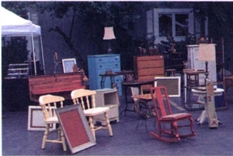
English Version
A: Don’t you think we should buy some new chairs?
B: Yes. When shall we go to buy them?
A: What about tomorrow afternoon? When will you be back tomorrow?
B: A little bit later after three o’clock, maybe later.
New Words
- 9. 要 yào aux. to want to, would like to
- 10. 新 xīn adj. new

Zhuōzi xiàmiàn yǒu ge māo.
A: 桌子 下面 有个猫。
Nà shì wǒ de māo, tā jiào Huāhua.
B: 那是我的猫,它叫 花花。
Tā hěn piàoliang.
A: 它 很 漂亮。
Shì a, wǒ juéde tā de yǎnjing zuì piàoliang.
B: 是啊,我觉得它的眼睛最 漂亮。
Tā duō dà le?
A: 它多大了?
Liù ge duō yuè.
B: 六个多月。
A: There is a cat under the table.
B: It’s my cat Huahua.
A: It’s beautiful.
B: Yes. I think it has the most beautiful eyes.
A: How old is it?
B: More than six months.
New Words
11. 它 tā pron. it
12. 眼睛 yǎnjing n. eye
Proper Noun
花花 Huāhua name of a cat
Notes
用在动词前,表示有做某件事情的愿望。例如:
When used before a verb, it indicates the desire to do something. For example:
| Subject | 要(Aux) | Predicate |
|---|---|---|
| 王方 | 要 | 学习英语。 |
| 我 | 要 | 吃米饭。 |
| 我们 | 要不要 | 买几个新的椅子? |
否定形式一般为“不想”。例如:
Its negative form is usually “不想”. For example:
- 小王要去,我不想去。
- A: 你要吃米饭吗?
B: 我不想吃米饭。 - A: 我要去商店买椅子,你去吗?
B: 我不去,我不想买椅子。
表示在同类事物中或某方面占第一位。例如:
It means being the first among things of the same kind or in a certain aspect. For example:
- 大卫的汉语最好。
- 我最喜欢吃米饭。
- 它的眼睛最漂亮。
3 概数的表达:几、多 ”几” and “多”:expressions of approximate numbers
“几” 可以表示10以内的不定个数,后边要有量词。例如:
“几” can indicate an indefinite number less than 10, followed by a measure word. For example:
| 几 | 量词(M) Measure Word |
名词(N) Noun |
|---|---|---|
| 几 | 个 | 人 |
| 几 | 本 | 书 |
| 几 | 个 | 新的椅子 New Chair |
(1)车上有几个人。
(1) There are several people in the car.
(2)我想买几本书。
(2) I want to buy several books.
(3)我们要不要买几个新的椅子?
(3) Do we need to buy some new chairs?
“几” 可以用在 “十” 之后,表示大于10小于20的数字,如:十几个人;也可以用在 “十” 之前,表示大于20小于100的数字,如:几十个人。
When “几” is used after “十”, it indicates a number greater than 10 but less than 20, for example, “十几个人” (a dozen people or so); when used before “十”, it indicates a number greater than 20 while less than 100, for example, “几十个人” (dozens of people).
“多” 与数量词搭配使用,数词是10以下的数字时,“多” 用在量词之后。
“多” can be used together with numeral – measure word phrases. When the numeral is less than 10, “多” should be put behind the measure word. For example:
| 数词(Num) Numeral |
量词(M) Measure Word |
多 | 名词(N) Noun |
|---|---|---|---|
| 三 | 个 | 多 | 星期 Week |
| 五 | 年 | 多 | |
| 六 | 个 | 多 | 月 Month |
数词是10以上的整数时,“多” 用在量词前,在这种情况下,“多” 和 “几” 通用。例如:
When the numeral is an integer greater than 10, “多” is put before the measure word. In this case, “多” and “几” are interchangeable. For example:
| 数词(Num) Numeral |
多 | 量词(M) Measure Word |
名词(N) Noun |
|---|---|---|---|
| 十 | 多 | 个 | 月 Month |
| 二十 | 多 | 块 | 钱 Money |
| 八十 | 多 | 个 | 人 People |

